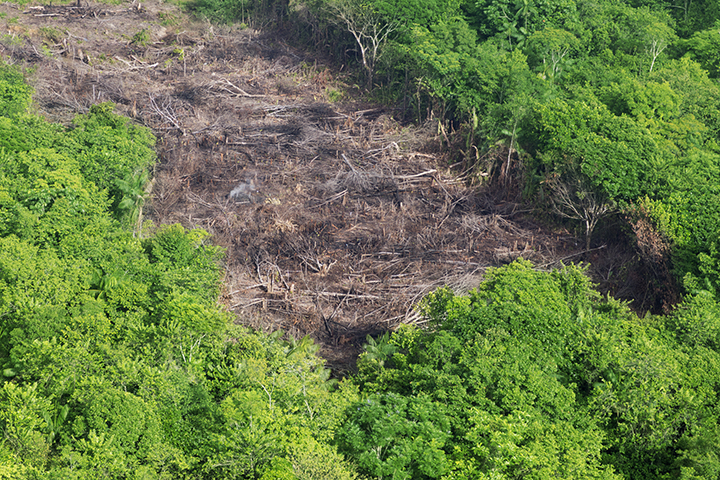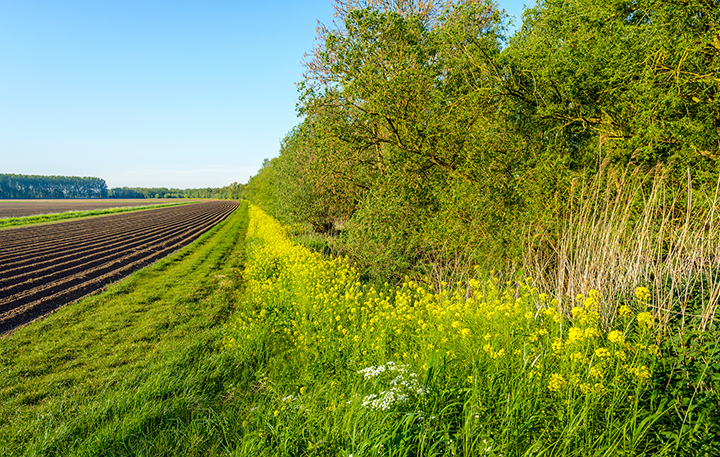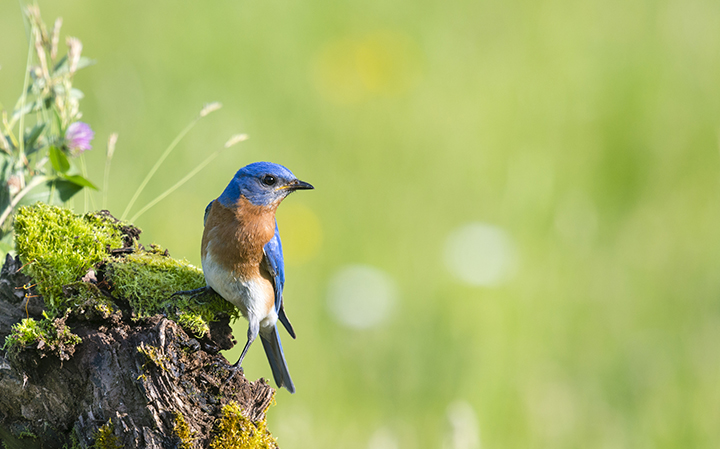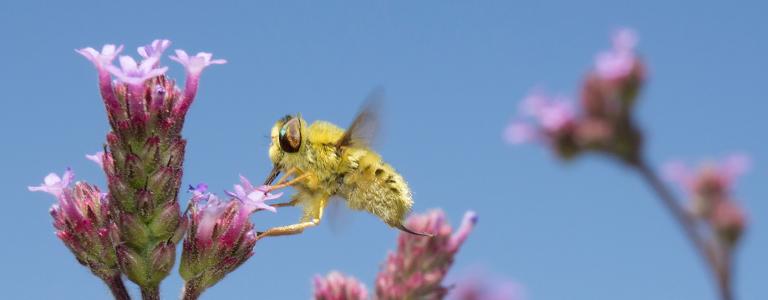Do Voluntary Standards Actually Stop Biodiversity Loss?
Protecting our biodiversity is a complex challenge many voluntary sustainability standards are trying to address. We look at their strengths and weaknesses.
The demand and supply of standard-compliant products has grown significantly over the last two decades, with over 400 voluntary sustainability standards (VSSs) operating across the planet.
Vivek Voora, an associate with the Economic Law and Policy Program, sat down with us to discuss biodiversity protection through networks of VSS organizations, based on his recent paper.

What impacts do Voluntary Sustainability Standards have on biodiversity?
Agricultural VSSs help bring supply chain stakeholders together to move the sectors they work in toward sustainability.
Protecting our biodiversity is a complex challenge many VSSs are trying to address. We see this in the adoption of environmentally friendly production practices, such as the reduction or prohibition of pesticides, water conservation and the preservation of natural habitats.
The organic standard prohibits the use of synthetic pesticides, which can negatively impact our lands and waters; the Better Cotton Initiative program requires their farmers to undertake water conservation measures that protect aquatic environments and the biodiversity that depends on them.
Just as importantly, VSSs also provide a forum to develop biodiversity conservation strategies, such as developing production criteria that bans agricultural expansion in areas of high conservation value.
How can VSS organizations contribute to policy-making on biodiversity protection?
Agriculture is responsible for 70 per cent of projected losses in terrestrial biodiversity due to widespread land conversion, pollution and soil degradation. This is why developing effective biodiversity conservation policies for the agricultural sector is crucial.
Most VSS organizations host an annual conference or general meeting for their members to exchange their thoughts on specific issues faced by their sectors. The Cotton made in Africa conference provided a workshop for their members to share their experiences with integrated pest management.
Another example would be the number of agricultural VSSs examining the potential for their implementation at the landscape scale to enable more large-scale sustainable outcomes, including biodiversity conservation. These VSS-enabled discussions can be insightful for policy-makers to devise complementary biodiversity protection measures for specific agricultural commodity sectors.

By providing a forum focused on moving commodity sectors toward sustainability, VSSs can provide policy-makers with biodiversity conservation strategies derived by their stakeholders and tailored for the commodity sectors they work in.
What are the challenges VSS organizations face in making these contributions?
One of the major challenges is that VSSs are limited in what they can do to protect biodiversity because they have no regulatory power. This means they depend on individual consumers, like you or me, to support their environmental conservation efforts by buying their standard-compliant products over those that are not. This sends clear signals to corporations and governments of the demand for more sustainable products. Without these market signals, the potential for VSSs to enable biodiversity conservation vanishes.
Enforcing the proper adoption of their production criteria is also a significant challenge, as it depends on auditing efforts. Because these can be expensive, farmers without enough resources to undertake VSS-compliant production may be discouraged.
What are the opportunities for VSS organizations to make impactful change to policy-making for biodiversity protection?
Protecting biodiversity requires maintaining connected natural habitats that can provide various species with enough space to live unimpeded.

One of the most promising efforts of VSS is their work toward adopting a landscape approach to enabling VSS-compliant production. This would allow for a more effective approach to conserving biodiversity, as it would enable the protection of required natural habitats.
It would also allow VSS to better address specific agricultural commodity sectors’ impacts on biodiversity, enabling more coordinated efforts to conserve the areas that may protect a variety of species, from moose to birds.
VSSs protecting biodiversity at the landscape level can be more effective, especially if they are complementary to government biodiversity conservation efforts.
You might also be interested in
Global Market Report: Tea prices and sustainability
This report explores recent market trends in the tea sector and explains why we need to get better at recognizing the social and environmental costs of tea production.
South-South Trade and Voluntary Sustainability Standards
This report explores how voluntary sustainability standards are being used in trade policy to increase the trade of more sustainable products between developing countries.
Global Market Report: Sugar cane prices and sustainability
This report explores recent market trends in the sugar cane sector, what these trends mean for producers in developing countries, and what can be done to improve farmers' incomes.
Global Market Report: Palm oil prices and sustainability
This report unpacks market trends in the palm oil sector and examines the role of sustainability standards in ensuring farmers receive fair incomes and adopt sustainable practices.
